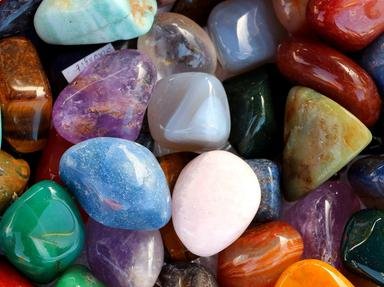Quiz Answer Key and Fun Facts
1. Before Western Civilization learned of the existence of Australia, where was the primary source of opal in Europe (using modern names)?
2. What town in the state of New South Wales provides the main source of black opal?
3. Opal is made primarily of which two components?
4. An opal may be classified as precious or common. Which statement is true about these types?
5. Which variety of opal is considered the rarest?
6. Is a fire opal a precious opal or a common opal?
7. The largest and most valuable precious opal, the "Olympic Australis", was found in what town in Southern Australia?
8. Although 95% of the world's opals are mined Down Under, since 1994 in what African country has there been significant opal mining?
9. Besides the continent of Australia and the planet Earth, on what planet of our solar system has opal been discovered?
10. Australia has fossils made of solid opal.
Source: Author
gracious1
This quiz was reviewed by FunTrivia editor
agony before going online.
Any errors found in FunTrivia content are routinely corrected through our feedback system.
